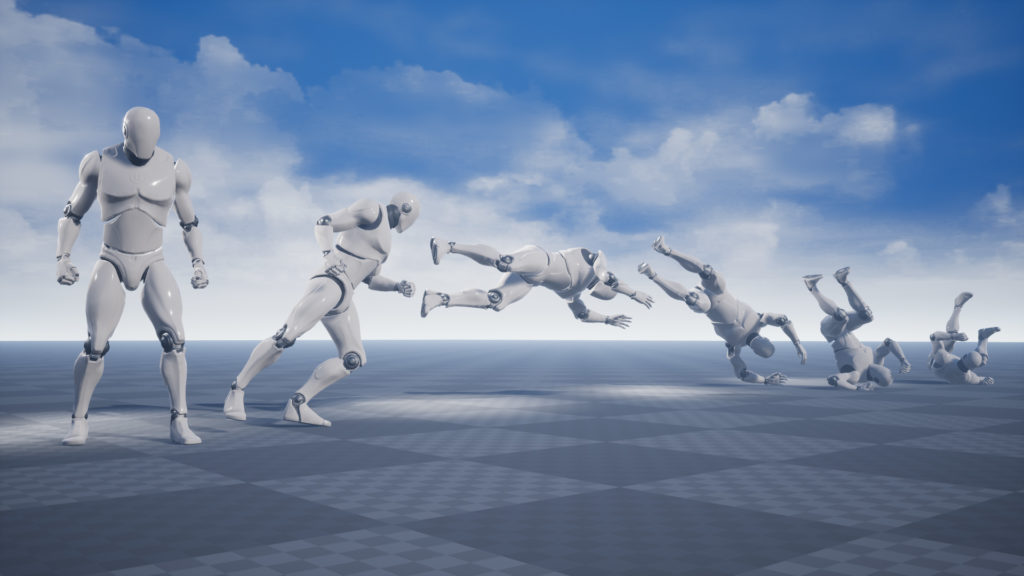Greetings game devs! Today we’re talking about dodging, the different kinds of implementations for this mechanic, and things to consider when adding it to your game.
The different types of dodge
“What do you mean different kinds of dodge? You just get out of the way.”
That would be correct in the real world but in games dodging is a different animal. The implementation of which depends on what kind of game you’re making and the desired experience you are trying to give to the player. So what are the different types?
- Displacement – The first of these methods is the one most people naturally go to when thinking of a dodge. We want players to have the ability out of the way of an attack and what better way than moving them quickly in a direction?
- Invulnerability Frames – Grant the player a certain number of frames in the animation to receive no damage. This way, even if they technically get hit they can still avoid damage because their timing was on point.
- Interference – I couldn’t find the technical name for this so I wrote down the first thing to come to mind. Basically when the player dodges it interferes with the AI’s targeting, fudging their aiming stats to make them far less likely to hit.
- Statistical Dodge – The player can’t dodge but if an attack is inbound the game rolls a series of checks against one another to see whether or not the attack hits.
Pros and Cons
So why would you choose one over the other? It depends.
Displacement for example is a very easy method of dodging to implement.
User input direction + dodge button = Go fast that way. Profit.
This method works with games where players are dodging traps or even shooters. Big boulder coming the players way? Just roll out of the way! Enemies pouring lead on the players position? Sure they can sprint to cover but it would be much faster to throw themselves behind it, even if it means catching a few rounds.
But this doesn’t cover a lot of potential combat scenarios. What if the game has enemies with melee combat? The player dodged but they still got hit! What do we do?
This is where Invulnerability Frames come in and I learned this first hand when I was working on Reaver.
The problem:
Enemies tracked the player facing fairly accurately through the dodge and the size of melee weapons made it so players had to break off from melee combat to avoid a melee attack. We didn’t want that for the game, we wanted the players to bob and weave through attacks and keep pressing the assault.
What if the goal is to dodge bullets?
What dodge is right for your game?
Like all great questions the answer is: It depends.
Keep in mind the kind of genre you’re developing for and the design goals of the game. Simple platformer with traps? Displacement is the quick and easy way to go. Want a more intense, action packed combat experience? Definitely look at Invulnerability Frames and Interference.
As with any game design project, keep in mind the goals you and your team have for the game. The experience you want to craft for players.
Still can’t decide what kind of dodge to implement in your game? Look at examples in the genre you’re developing for, the popular games in particular as they just might be doing something right!
Speaking of which that’s what I’ll be posting about next time. Examples of different games and how they handle dodging. Hopefully I can find some specifics on I-frames for the ones that implement them.

Add a Comment